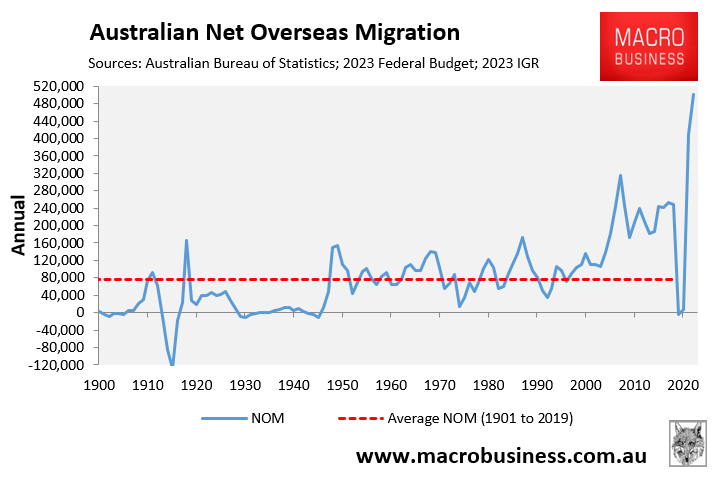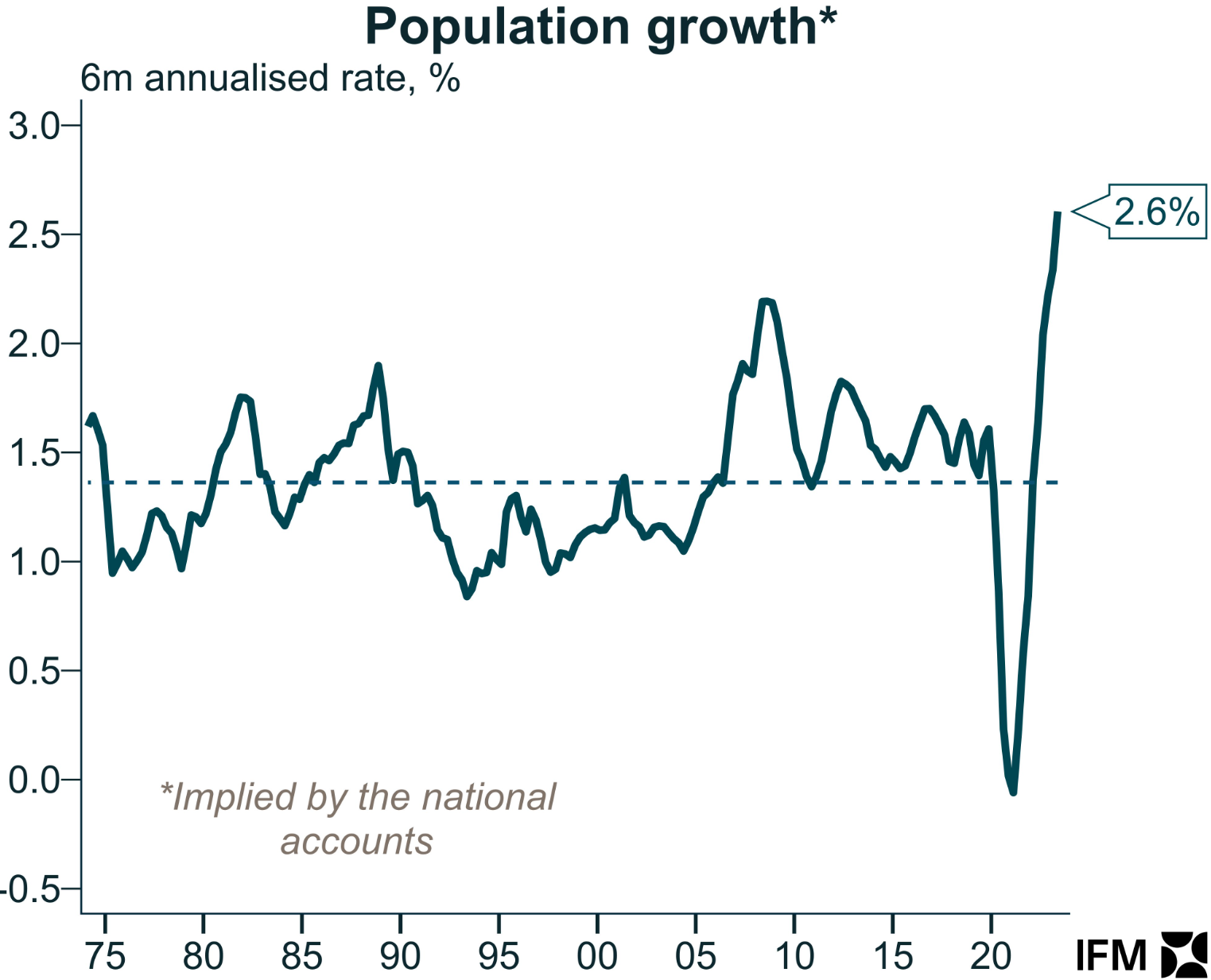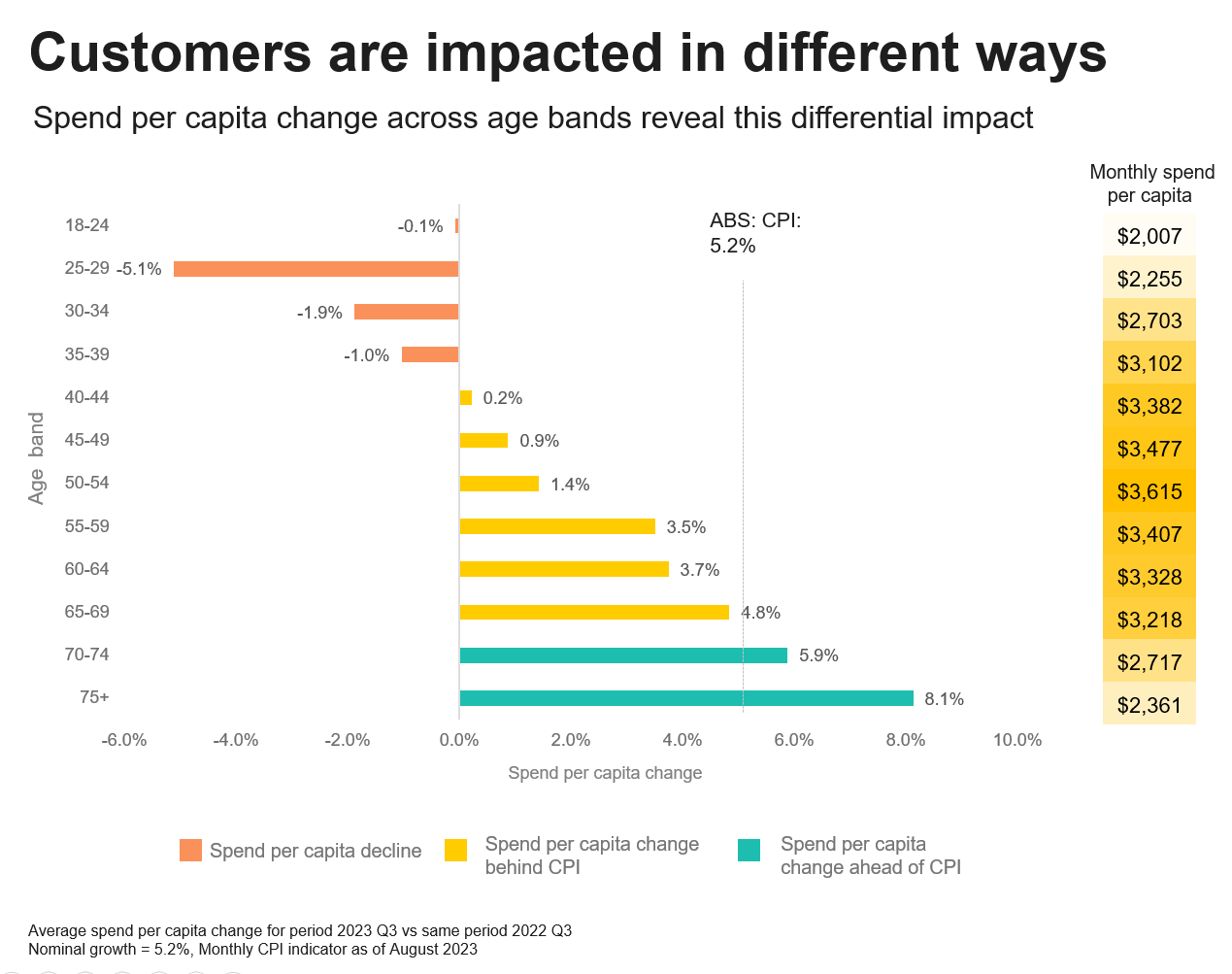Last week, rookie Reserve Bank of Australia (RBA) Governor, Michele Bullock, chose to attack spending on dentists and hairdressers for driving up Australia’s CPI inflation.
Bullock cautioned that rising service costs, such as for haircuts and dental work, were cause for serious concern because they signified strong consumer demand.
“The bank’s statutory objectives are economy-wide outcomes, and our key tool — the interest rate — is a blunt one,” she said.
“The remaining inflation challenge we are dealing with is increasingly homegrown and demand driven”.
“Hairdressers and dentists, dining out, sporting and other recreational activities – the prices of all these services are rising strongly”.
At a gathering of central bankers in Hong Kong on Tuesday, Bullock claimed that household finances in Australia are holding up well, despite 4.25% of rate hikes.
“Households and businesses in Australia are actually in a pretty good position. Their balance sheets are pretty good”, she said.
“We’ve been surprised a little bit on the strength of activity. It’s held up a little better than we thought. That’s meant that services price inflation has held up a bit more. So what we’re observing is a bit more domestic price pressures than we’d expected”.
Bullock pointed to the $300 billion in excess savings built up over the pandemic and rising house prices as reasons behind the resilience in consumer spending.
The reality is not nearly as rosy as Bullock claims. Aggregate household spending is holding up for two primary reasons.
First, Australia’s population is growing at a record pace because of the Albanese government’s record immigration program, which saw an estimated 500,000 net migrants land in Australia in 2002-23:

It is obviously very difficult for the RBA to slow aggregate demand via rate hikes – which only directly impacts around one third of owner-occupier Australians carrying mortgages – when the population is growing at an extraordinary rate of 2.6%:

Source: Alex Joiner
Individual Australian households are cutting back on their expenditure:

Indeed, aggregate retail sales grew by only 1.2% in the year to October. That is the slowest annual pace of growth in retail trade outside of the pandemic since November 2010:

However, efforts to slow spending are being offset by record growth in the number of households courtesy of the Albanese government’s extreme immigration. Hence, aggregate household spending continues to rise.
If Michele Bullock genuinely wanted to slow household consumption and demand, she would demand that Prime Minister Anthony Albanese cut immigration from its current record-breaking pace to a level that is below the nation’s ability to supply housing, infrastructure, business investment, and services.
Otherwise, aggregate demand will remain strong.
However, Bullock instead has gone out of her way to defend the immigration ponzi scheme by saying last week that it “is a good thing for Australia” and that it is “not clear cut” that immigration is “adding heaps” to inflation, despite clear evidence to the contrary.

Second, while household savings levels remain high, most of the savings built up over the pandemic are held by baby boomers, who are mostly insulated from the RBA’s rate hikes nor the rental crisis, because they mostly carry no mortgage and do not rent:

Commbank IQ data on spending by age cohorts show that older Australians are spending freely, while younger Australians are cutting back hard on consumption:

Source: CBA
The green bars above show that older Australians aged 70 or above increased their spending by more than the rate of inflation in the year leading up to September 2023, while younger Australians under the age of 40 decreased their spending in absolute terms (orange bars), and everyone else increased their spending by less than inflation (yellow bars).
Amazingly, Australians aged between 65 and 74 also spent more in September than Australians aged 30-34.
To add further insult to injury, older Australians are spending the most on discretionary items, whereas younger Australians are cutting back hard on both discretionary and essential spending:

Source: CBA
Why won’t Michele Bullock be candid about the state of inflation instead of blaming spending on necessities such as haircuts and dental care?
The rookie RBA governor appears even more out of touch than her predecessor.
Michele Bullock should bluntly inform the federal government that the RBA has only one inflation-fighting tool (interest rates) that disproportionately harms just one-third of Australians carrying owner-occupier mortgages.
The RBA should also demand that the federal government cease working at cross-purposes by stimulating aggregate demand via the largest immigration program in the nation’s history.

